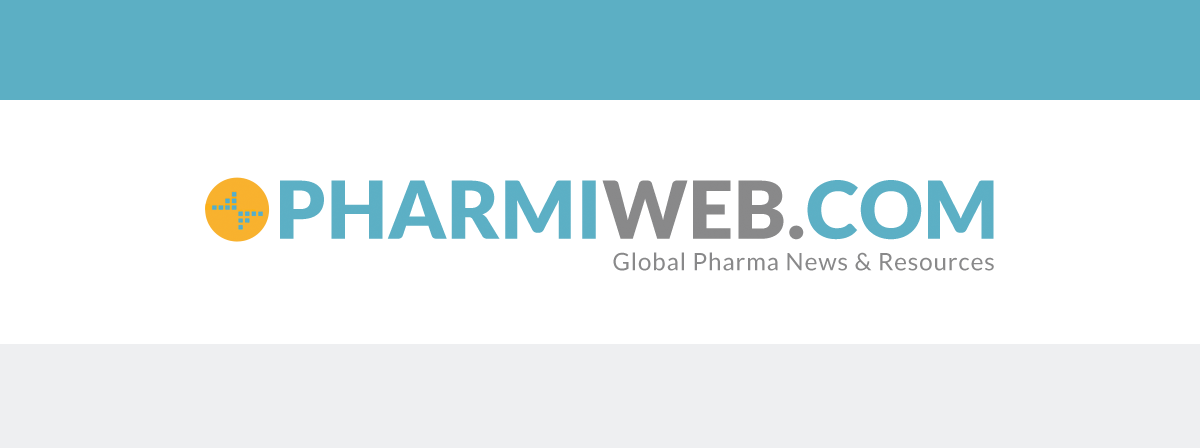How health economics can press pause on Alzheimer's disease | IHI Innovative Health Initiative

All the health innovation in the world is useless if it cannot be effectively integrated into the healthcare system. Image credit: Berit Kessler
All the health innovation in the world is useless if it cannot be effectively integrated into the healthcare system. The branch of science that deals with strategies to facilitate the uptake and use of evidence-based results is called implementation science, and employing health economics is one way that researchers can increase the chances of new drugs and treatments ultimately reaching patients.
We caught up with Linus Jönsson, project coordinator of PROMINENT and chief economist for AD-RIDDLE, to understand how this approach can ease the transition of research results from lab to clinic.
Hello Linus! Thank you for speaking with us today. Can you tell us a bit more about the new Alzheimer’s disease therapies in the pipeline and the challenges involved in deciding how to treat patients once all these new options are available?
There are a lot of new therapies and diagnostics currently being introduced for Alzheimer’s. But neurodegenerative disease is very complex. In the majority of patients there are multiple co-morbidities that contribute to the full picture. We have to consider how different co-morbidities fit in a patient and then decide how should we treat that individual patient.
How can health economics help to achieve that?
Economic modelling uses probabilities to calculate potential outcomes and we can then analyse those outcomes and decide what approach to take.
We use economic modelling to help evaluate, based on probabilities, what the optimal treatment routes are for people with Alzheimer’s, both in terms of creating the best clinical outcome, but also from a societal perspective – by that I mean making the best use of the resources we have.
What kind of information do you need to determine the best treatment approach?
First of all, you have to make sure that those you treat actually have the disease, i.e. that they have amyloid in their brains. And secondly that they’re at the stage of the disease where they can benefit from having some of that amyloid taken away.
With Alzheimer’s disease, you give treatment as long as the therapy is continuing to have an effect. For instance, we would not start anybody on treatment who is in moderate dementia because there's no evidence that the drug has any more effect there. Once you reach that stage it is recommended that you stop the treatment, in fact.
Third, there should not be any other pathologies that are actually causing the symptoms. People who have Alzheimer’s disease often have a whole host of co-morbidities, and we need to ensure that the symptoms that we are attributing to Alzheimer’s are actually being caused by Alzheimer’s. With this information, the clinicians can then make optimised decisions on which treatment to use.
Do you only take health impact into account, or are you considering other factors?
We’re also trying to identify the cost effectiveness of different modalities, the diagnostic treatments, other tests and disease modifying therapies. We’re incorporating the cost of tests and the likely outcomes of those tests into the PROMINENT tool. That’s never been done before.
For instance, certain treatments have a high cost. To make them cost effective, you can't have a situation where you treat a lot of patients who are not benefiting from it. But every time you diagnose a person, you have a chance of a false positive or a false negative. A false positive is not worse than getting a false negative. Still, if you have a false positive you can end up giving a treatment to a patient when in fact they are actually healthy. And that’s a cost, both to the patient in terms of the impact on their life, and to the system.
Our algorithm calculates the relative impact of those outcomes, both in terms of health impact and in terms of costs. And then it creates an optimal pathway that gives you the most beneficial and cost-effective way of diagnosing and treating patients.
How would this work in real life?
Let's say a patient comes into the clinic who is experiencing subjective memory symptoms. First, you might do some cognitive testing and that will give you a score, outlining how the patient performs cognitively compared to the general public.
We’ve developed mobile digital cognitive tests that we use in this study. Based on that test score, the clinician has to decide what to do next. If it’s a low score, then most likely the clinician will tell the patient to go home and come back if the symptoms get worse.
But – if you make that decision, then there's a certain risk that you're wrong. There’s a certain risk that the patient does have Alzheimer's disease. The system takes that risk into account, and calculates which course of action has the lowest risk, not only in terms of misdiagnosis or undertreatment, but also in terms of overtreatment, by that I mean treating someone with the therapy when it is no longer beneficial to them. There’s other data too to take into account, for instance whether a patient is in rapid or slow decline, that may impact what the best course of treatment is. The tool also considers the chances that a test that is done may be inaccurate, because all of these tests also have a certain level of inaccuracy.
It boils down to considering what’s the probability that we are right, what’s the probability that we are wrong, and calculating which path is most likely to do the most good and the least harm.
PROMINENT started in 2023, but you’ve already launched some tools based on these economic models. Can you tell me about them?
For example, there is a tool that helps clinicians interpret the results from a diagnostic test called a DAT scan, a test you use if you suspect that the patient might have Parkinson’s or dementia. The tool works a bit like a radiologist does – it reads the scan and then gives the clinician a rating. We also have a tool for MRIs and for PET scans.
Recently, we developed a set of patient-facing materials that are almost ready, but before deploying them we’re going to test them out in a clinical study that we’re starting now within PROMINENT. We’re also in the process of developing more refined prediction algorithms to diagnose whether the patient has Alzheimer’s or not, and also a prognosis – by that I mean determining whether the patient will progress from mild clinical impairment to dementia or not.
Are there other questions you’re trying to answer with the health economics approach?
We are also trying to determine the value of disease-modifying treatment. These are therapies that try to slow the progression of Alzheimer’s by targeting the underlying biology of the disease.
We have some evidence from clinical trials that show that some drugs can slow disease progression by about 30% and we have economic modelling showing that this could potentially be cost effective at certain price ranges. But there are still a lot of unknowns.
Within the AD RIDDLE project you’re demonstrating how health economics can be used to smooth the path for new treatments for Alzheimer’s to enter our healthcare systems. Can you tell me a bit more about that?
In AD-RIDDLE we’re delivering a health economics cost effectiveness model that is focused on evaluating non-drug interventions, so multiple lifestyle interventions. This is important because we might be able to slow the progression of Alzheimer’s through lifestyle changes, but we need to evaluate the cost-benefit ratio of those interventions.
We’re also looking into alternative payment models for Alzheimer’s treatments – health impact bonds are a specific type of vehicle we’re examining. At the moment, healthcare systems typically under-invest in prevention in general. In many countries you legally have to prioritise people who are sick before you help those that are not sick yet. That leaves almost no money for prevention even if it’s very cost-effective and efficacious.
With health impact bonds, you measure the risk of a patient population getting dementia or developing Alzheimer’s. An investor then will pay for interventions that prevent that risk. We measure the outcome and if it turns out that it’s effective, then the healthcare system will pay for the fact that it’s produced and will pay the investor back. It’s been tried in other areas with some success, so we’re exploring how it could be adapted to be used in these types of setting.
As new drugs and therapies enter the market, will you have to update PROMINENT’S tool?
No, the tool can be deployed with any drug. We know that there will be more disease-modifying treatments on the horizon so seeing how this tool can facilitate drug introductions and assessment of these drugs is really interesting.
What’s next on the cards for PROMINENT and AD-RIDDLE?
Right now, PROMINENT is focused on the prediction modelling. We’ve gotten the data protection approvals and so on, so we are pulling together all the data and harmonising it, and we’ll start the model development in the next few months.
The other big milestone is the clinical studies, which are now starting recruitment. We have all the paperwork in place. One is an evaluation study, we’re going to ask patients and clinicians how they feel about the tool and to what extent it helps them to come to better decisions. It’s a subjective assessment whereas the other study focuses more on the objective validation of the predictive accuracy, so whether the tool gives correct predictions.
Regarding AD-RIDDLE, the next step is to publish a review of health impact bonds, and to organise a workshop to discuss how this financing model could be applied to fund programmes to treat and prevent Alzheimer’s disease.








